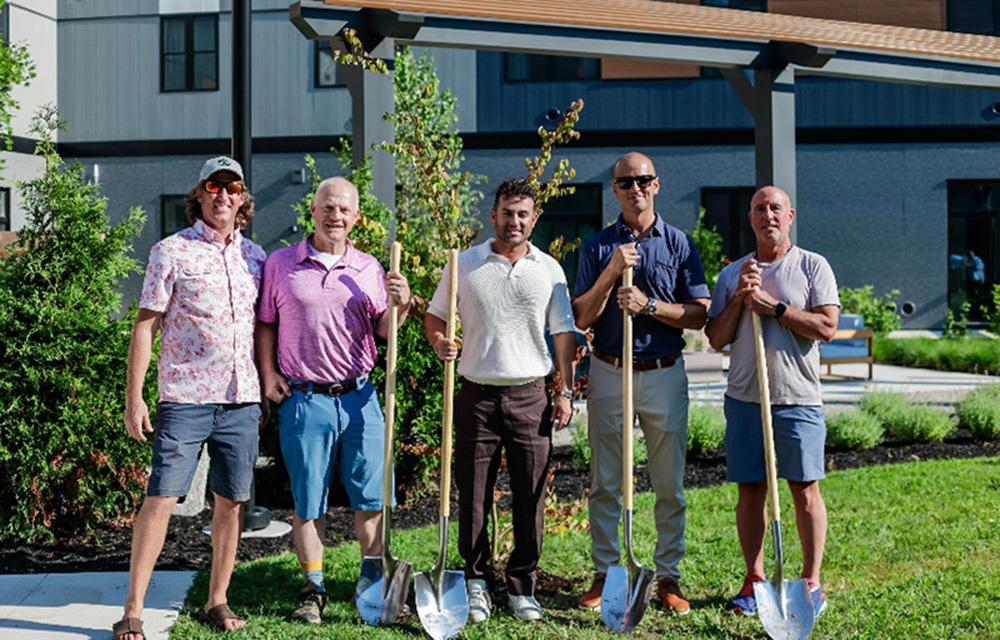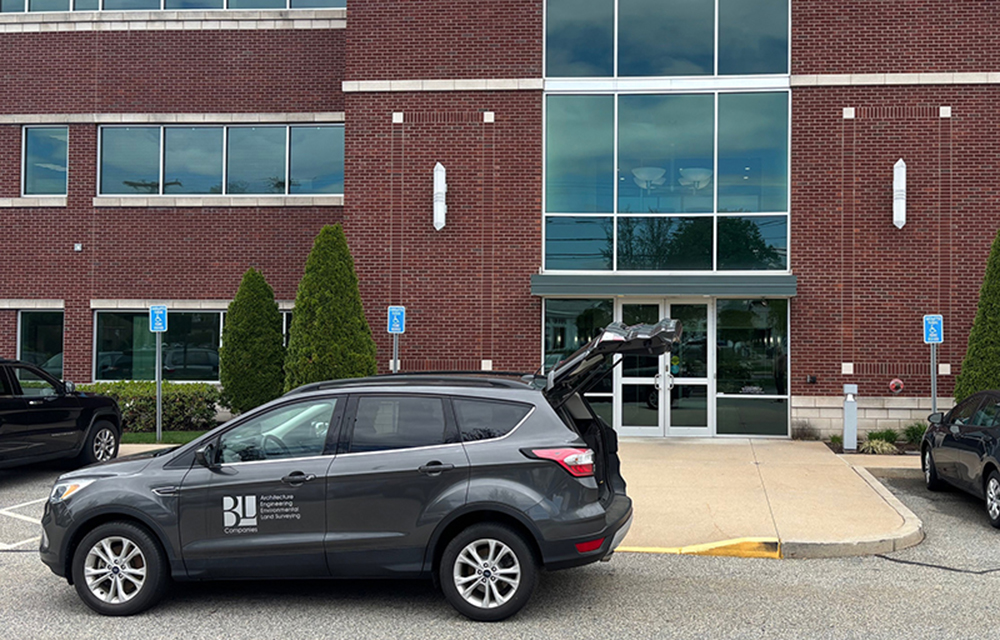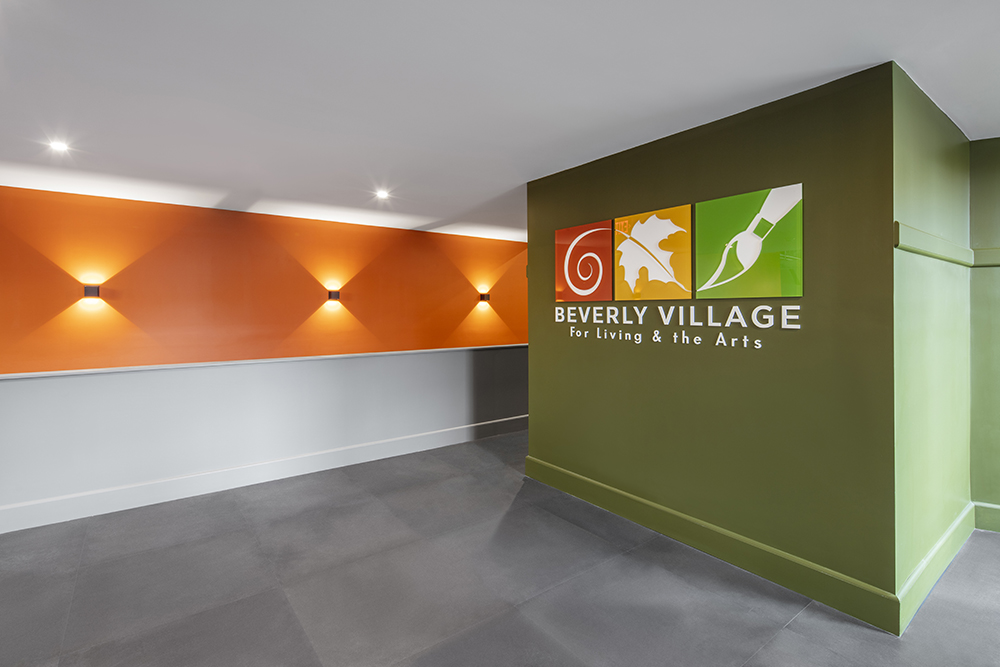News: Construction Design & Engineering
Posted: June 18, 2008
The Mohawk Group believes that sustainability is essential in today's global economy
With both tenants and stock holders looking to reduce their carbon footprint, with competition accelerating the demand for more sustainable building practices, and with all levels of government, even the mayor of Boston mandating greener building practices, building owners are searching for practical ways to make both their leased and owned work spaces greener.
The carpet industry is responsible for over 4% of the materials being put into our landfills, which is estimated to be over 6 billion pounds annually. As an industry leader, Mohawk Industries passionately believes that sustainability is an essential business practice in today's global economy. We want to be the leader in the areas of sustainability and environmental stewardship.
To accomplish this, we are constantly seeking systems and technologies that have already made us a net recycler (we purchase more waste and recycle it into reusable products than we take in of virgin raw materials) and we have become the most efficient recycler in the industry with over 90% of the materials collected being recycled into re-usable products. That's 3 times what our nearest competitors currently are able to do. This work has been recognized by the General Services Administration's (GSA's) Evergreen Award which has been awarded to Mohawk Industries twice in the last 4 years. Here were some of the initiatives that we have put into practice:
* PET plastic bottles- for several years, we have recycled 1 in every 4 plastic bottles in North America and converted it to 170 million pounds of carpet fiber annually, diverting 3 billion bottles a year from the landfills.
* rubber tires -We recycle 30 million pounds of crumb rubber from car tires to door mats.
* automobile glass- We use post consumer glass in the backing systems of many of our broadloom carpets.
* green works center is a state-of-the-art facility developed to recycle 90% of the fiber in the current waste stream including Type 6.6 (40%), Type 6 (30%) and Polypropylene (20%) with an unprecedented recovery rate of 90%.
* recover program- We have made recycling the old carpet a simple and fast process with our recover program. We recycle the existing carpet through our network of recycling partners throughout North America.
* Permalink - We offer a unique adhesive film which allows new modular carpet to be installed directly on to of the existing carpet, making the old carpet a pad for the newly installed modular carpet.
* Self- Lock- We provide a pre-applied releasable adhesive on the back of carpet tiles which eliminates the need for spreading adhesive and improves the indoor air quality in occupied spaces. It also can provide owners with a way to protect existing hardwood or terrazzo floors should the next tenant want to change the space that wanted to use carpet.
* Encycle Modular Tile- we have created the world's first non-PVC modular carpet tile that is completely recyclable back into itself. When you're finished with these tiles, they can be recycled into new tiles without separating the face yarn and backing. This backing system took us 5 years to develop and boasts a 35% pre-consumer recycled content by total weight.
Some of the higher education projects we are currently working on or specified on include:
* MIT's Media Lab- Bigelow Modular Tile and Karastan Broadloom
* Harvard's Kennedy School of Government- Karastan Broadloom
* Emerson College -The Colonial Bldgs. New dormitories at 100 Boylston St. Lee's Broadloom
* Northeastern University's- New Dormitories- ( seeking LEED Silver Certification) Lee's Modular and Lee's Broadloom
Each year, an estimated 6 billion pounds of carpet waste is sent to the landfill across North America. We have been working hard over the years to reduce and reuse as much of this waste as possible. The newest element in our continuing efforts is our GreenWorks Center. This center is unique in the industry because it can not only process nylon 6 waste material but all major types of synthetic carpet fiber — Nylon 6, Nylon 6.6, and Polypropylene. This accounts for 90% of the national post-consumer carpet waste stream. The center processes 100% of the carpet—fiber, backing, and latex—and recovers about 90% of all materials into usable products. This is the highest recovery rate in the industry, three times that of the next-best carpet recycling program. The facility is also portable, so it can go to the carpet, which makes recycling more feasible and environmentally efficient.
Part of every type of post-consumer carpet that enters the center will always go "carpet to carpet"—face fiber to face fiber, face fiber to backing, or backing to backing—with the remaining materials resulting in engineered resins that can be shipped to the plastics industry for use in consumer products. This means that the majority of materials processed at the center are part of a "closed-loop" system. The center can also process certain thermoplastic non-carpet recyclables, which makes it even more attractive to recycling companies.
Chris Easler is a strategic account manager for The Mohawk Group, Boston.
MORE FROM Construction Design & Engineering
Reveler Development plants a tree for grand opening of The Eddy
Biddeford, ME According to Reveler Development, The Eddy, a new multi-family community located at 8 Eddy Ave., celebrated its grand opening, following the final phase of

Columns and Thought Leadership

Ask the Electrician: Is summer a prime time for commercial electrical maintenance?
The answer is “Yes!” While January marks the official new year, many businesses view September as a fresh start. This makes summer an ideal time for commercial property owners to schedule long-term electrical maintenance projects.

Careers in Construction Month focus on training and safety - by Joe Camilo
October is Careers in Construction Month, and rarely has it been more consequential. According to our chapter’s national parent organization, the construction industry needs to attract half-a-million new workers in the coming year to meet demand. Addressing that need is a huge job, but we at ABC MA are trying to do our part.

The design-build advantage: Integrated interior design solutions - by Parker Snyder
When it comes to corporate interior spaces for both commercial and industrial projects, partnering with a design-build firm with in-house interior design services can offer clients many benefits. Unlike traditional delivery methods where interior designers operate independently from the design and construction teams, often creating a longer project timeline as cost negotiations and revisions ensue

The rise of incubators and co-working spaces: The latest in life sciences - by Matt Combs
In recent years, the life science industry has witnessed a shift in how companies operate and innovate. One of the key driving forces behind this transformation is the emergence of incubators and co-working spaces specifically tailored to meet the unique budget and schedule needs of startups.







